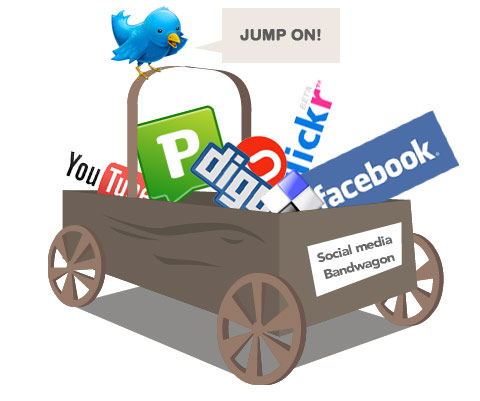When my partner and I started Profit First Professionals, we didn’t have a ton of money to plow into it. We needed to start lean, and we needed to scale fast if we wanted to see some growth. It wasn’t like Profit First Professionals could run as a two-man show. We needed employees, great ones, and a company culture that could keep them happy. The trouble? We couldn’t offer them the moon and the stars. We were more in the duct-tape-your-homemade-rocket-ship-together-and-cross-your-fingers kind of position.
And we made it. We have a powerhouse staff and company culture, we’ve managed astounding growth and we did it all with employees who weren’t even experts when they came to us. In fact, most of them didn’t have much in the way of experience at all. But now? They’re rock stars.
How did we (ahem—they) do it?
It’s all about our company’s culture. Our employees are integral to our success, and they know it. Hell, they drive that success. They’re invested in it because they know we’re invested in them. Here’s how we put it all together:
[nextpage title=”1. Align the corporate vision with employees’ personal vision. “]
So here’s the trick: Aligning visions isn’t about moving your company vision to match that of your staff. It’s about helping your staff see their future, their needs and wants as tied to the company’s success. How do you do that? Assuming you have a clear picture of what your company is going to accomplish and you understand its reason for being, then you take the time to find out what your employees value and what they want to achieve.
“When goals are handed down from on high, they can feel like a burden—just one more thing an employee has to check off. When goals are developed as a team, then everyone has skin in the game.”
Whether they want to ultimately own their own companies, land a high-profile job in another industry or simply want to have a workplace in which they feel valued and fairly compensated, you tie those interests to the health and vision of your company. When your staff understands that success for the company means success for themselves, you’re helping to create warriors who will wage battles for you.
[nextpage title=”2. Have employees drive reviews and outline goals. “]When goals are handed down from on high, they can feel like a burden—just one more thing an employee has to check off. When goals are developed as a team, then everyone has skin in the game.
Profit First employees own their goals. They drive their reviews by evaluating their performance and reflecting on how they can improve. My role? I listen up and let them tell me what they need to get the job done. Old-fashioned review forms with checkboxes for employees who show up on time can turn a potentially dynamic employee into team member who may feel like a cog on a gear.
[nextpage title=”3. Huddle regularly and give everyone a voice. “]Engaged employees are typically invested in their company’s success. I’m a fan of the quick stand-up meeting we call the huddle. We have them at least once a day to ensure we’re all focused on the same goals.
I use our huddle time to call out successes, identify challenges and share information. Huddles rely on open communication, not just the one-way dissemination of noise from owner to lackey. You’re all in it together!
[nextpage title=”4. Make rewarding failure part of your company culture.”]Some employees may not take initiative because they’re scared of failing. One way you can help lower that fear is to change your perspective on failure.
When members of my team come up with creative ideas, try them and fail, we don’t mourn. We don’t get angry. We celebrate initiative, and we brainstorm ways to get it right the next time. I would never get employees who wow me if I chastised them for trying something new.
[nextpage title=”5. Recognize your team’s significant others. “]
I used to focus solely on the culture of the people actually in my office, until I realized there’s an invisible part of my staff made up of their partners outside work.
Our employees’ personal relationships bleed into the workplace, whether we acknowledge it or not. Instead of expecting my staff to behave like the outside world doesn’t exist, I do the opposite. When I have a new hire, I send them home from their first day of work with a little gift for their significant other. I know that a partner’s support can be key to my employee’s satisfaction. I make sure I show my appreciation.
Money’s nice. Benefits matter. But what can really help shape an employee from the person who shows up and does the minimum required into the superstar is the company culture. It’s the efforts you make to integrate every single employee into your corporate vision—the things that may not cost you a dime—that can make a difference.
Source: Open Forum Blog



